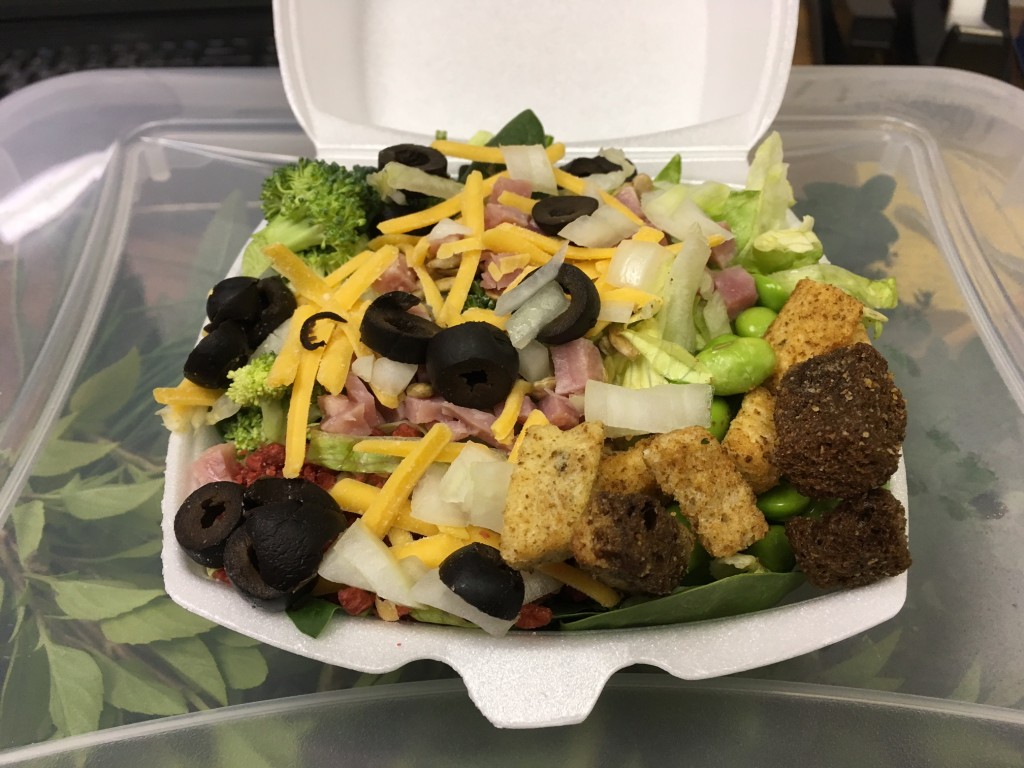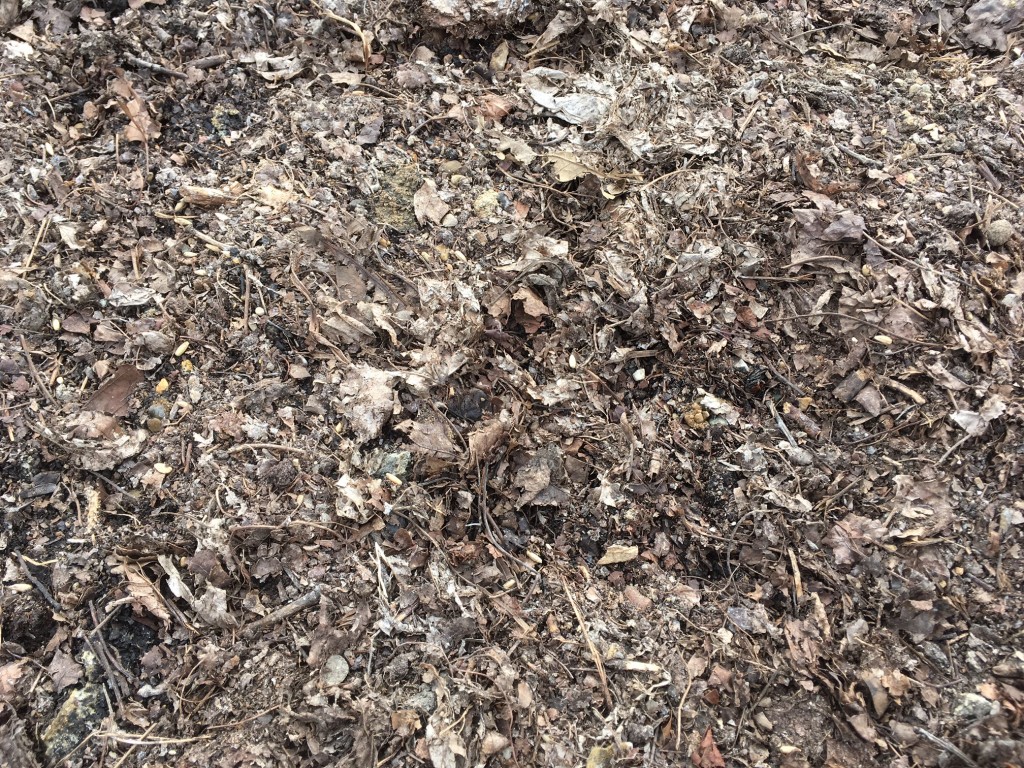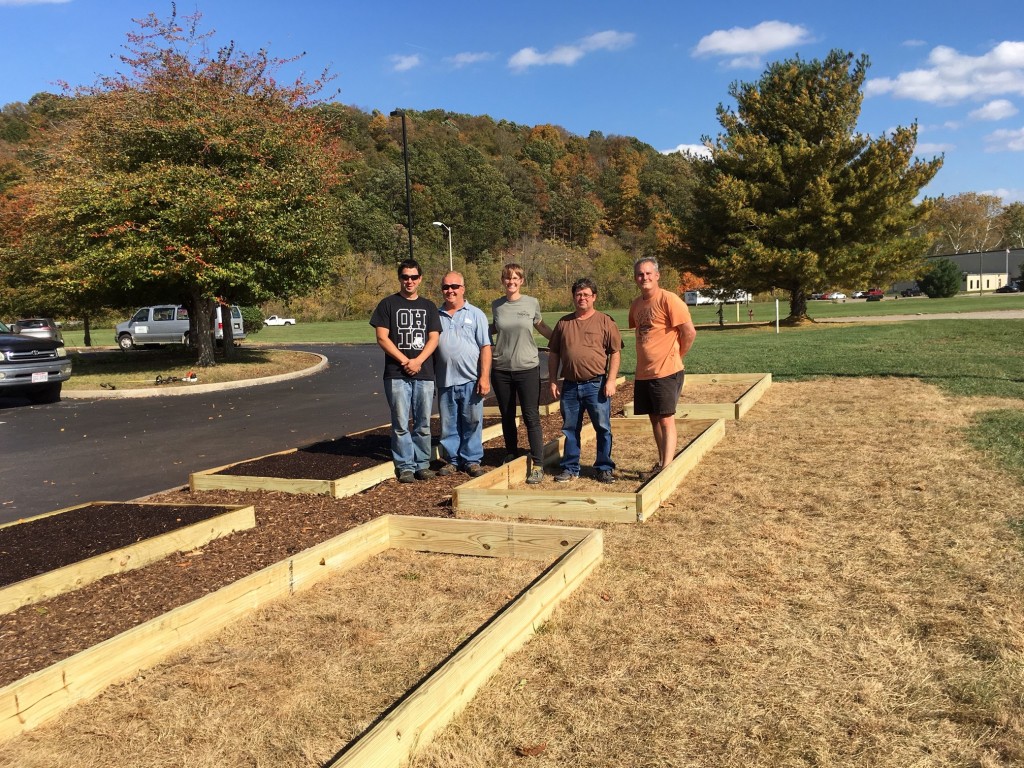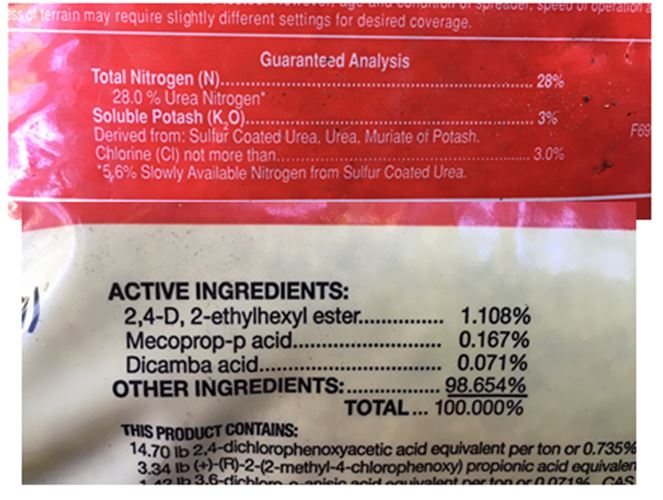I want to say a big “Thanks!!” to Hocking Valley Community Hospital for hosting the “Holiday Projects from the Container Garden” class. HVCH is an amazing partner and an asset to our county. This is a web version of the Power Point proceedings so folks have a reference as needed.
Dehydrating is one of the oldest preservation methods known. It allows storage without energy of a food product. Similar to canning. Once the product has been prepared properly, it is shelf stable. It fits within the food knowledge plan I am teaching here in Hocking County:
Start seeds–> Grow plants–> Harvest–> Storage–> Eat
I consider herbs the gateway to dehydrating. If you can do herbs, you can move on to veggies, fruit and meat.
Things to consider:
- Some herbs dry better than others
- Different herbs dry at different speeds
- Harvest herbs at the peak of flavor to get the best product
- Dry herbs as whole leaves and store as whole leaves to preserve flavor
- Different tools can dry herbs: dehydrator, oven, microwave, solar
The National Center for Home Food Preservation has a nice factsheet on this topic.
First thing is to make sure your herbs are at peak flavor and you trim off any bad leaves.
I use a dehydrator for drying. Many methods can be used –> Four methods of drying herbs from MSU Extension
Best herbs for drying: parsley, thyme, sage, rosemary, oregano, chives
Trickiest herb to dry that everyone wants to dry: basil
- Basil dries at low heat only or turns black, needs 95 degrees
- Great alternate way to store basil is blend with olive oil alone or as pesto and freeze
Herb you can dry or freeze: mint
- To me it is not bright when dried. Store blended in lemon juice or iced tea for a flavor punch
Herb best frozen only: cilantro
- I blend my cilantro with lime juice and freeze, then add to dishes when cooking
I like to make blends and use them for cooking or give them as gifts. Some great blends are:
- Italian – parsley, basil and oregano
- Roasting – thyme, parsley, chives, sage and rosemary
Once fully dried, store in a jar, as whole leaves. It will taste much better than store bought. Lightly crush leaves when added to cooking.
- whole oregano, dried
- gently remove leaves from stems for storage
- discard stems after leaves removed
Use these amounts as guidelines for substituting one form of an herb for another: (Source: PSU Extension)
- 1 Tablespoon fresh herb
- 1 teaspoon dried herb
- ¼ teaspoon powdered herb
Once again a shout out to Hocking Valley Community Hospital. We will continue to partner on health and wellness programs. As a side note they are one of my favorite Hocking County restaurants. Stop in the cafeteria for some lunch and tell them I said “hi.”
I stop in every so often to hit the salad bar and get my health and wellness on: (For only $1.25 for a “small” !!!)



































